Interested in Participating?
Statistical Learning and Language Development in Children with ASD
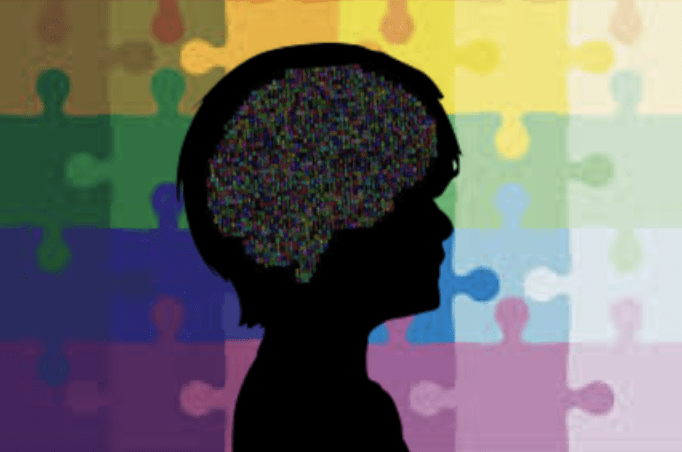
Children with autism spectrum disorder (ASD) show highly variable language skills. We are interested in what is unique about successful language learners with ASD. Statistical learning (SL), a foundational ability to gain information from patterns in the environment, is key for language acquisition in typically developing (TD) children. Importantly, unlike many measures of language competence, SL does not require social communication, which tends to be hindered in many individuals with ASD. Our large multimodal project is currently geared towards examining behavioral performance across linguistic, nonlinguistic, visual, and auditory SL tasks across children. Using safe and non-invasive brain imaging techniques, we examine the neural activity and brain signatures that underlie effective language learning. Combining findings from all of these methodologies will enable us to provide a comprehensive characterization of behavioral and brain bases of SL learning and language ability across typically developing children and children with ASD.
Prediction and Learning in Adults and Youth
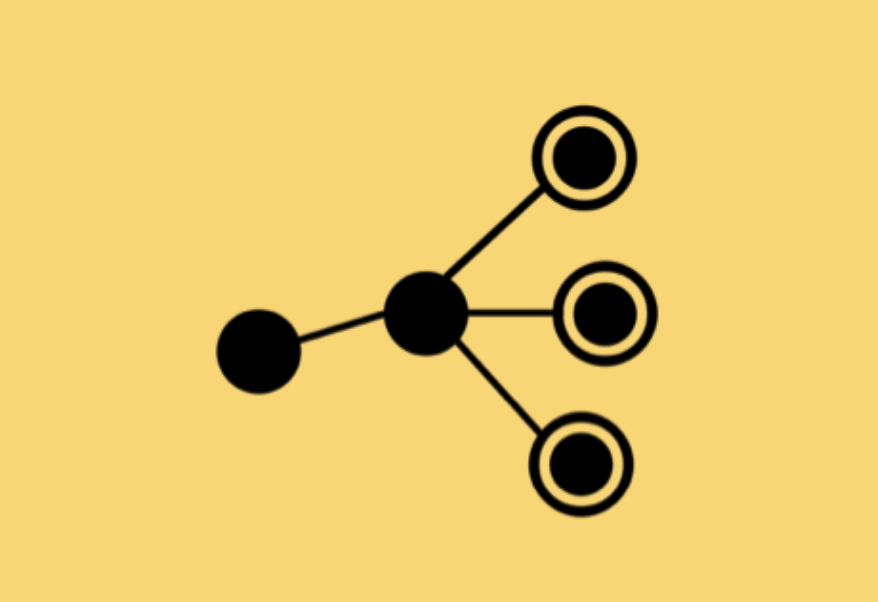
Our brain uses contextual information to predict upcoming events. During language processing, the brain integrates linguistic information as sentences unfold in time and makes online predictions about upcoming words in order to process meaning efficiently. Additionally, the brain can use this prediction ability to help learn new linguistic patterns. This study aims to investigate the neural mechanism of prediction during sentence comprehension and the role of prediction in learning.
In order to do this, we combine techniques that are sensitive to millisecond changes in neural processing such as electroencephalogram (EEG) and eye-tracking. We are trying to understand neural markers of prediction and the role of prediction in learning, as well as whether prediction facilitates learning or is preceded by it.
Word Learning and Social Cognition
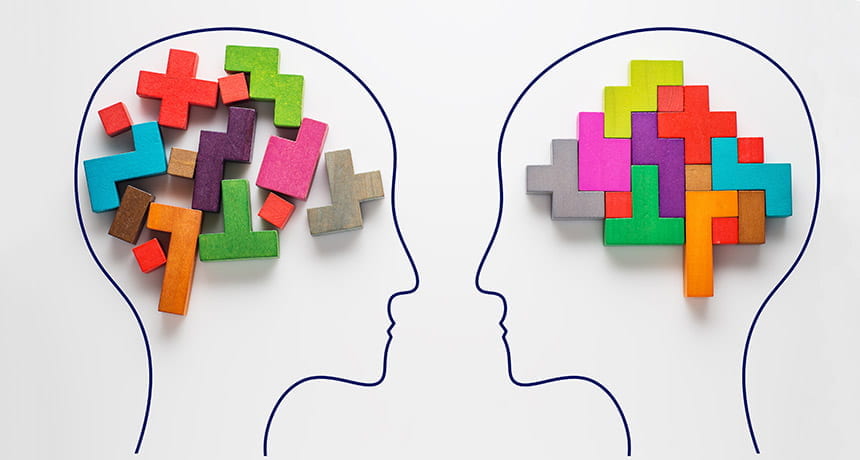
Children often require only a small amount of exposure to begin learning new word meanings when these words are presented in a supportive context. Nevertheless, figuring out what an individual word means can be a surprisingly difficult puzzle especially since children are immersed in a world of many potential referents.
Previous research has shown that children, even around the ages of 3 and 4 seem to use a range of cues derived from their communicative context (i.e. pragmatic cues), such as speaker’s intention and contrastive descriptions they hear in order to infer the meaning of new words and resolve referential ambiguities. However, little is known how learners’ ability to reason about other people’s mental states (theory of mind) relates to their success in learning and retaining inferred word meaning.
Our study, MIND, aims to address how theory of mind contributes to the immediate learning as well as long-term retention of inferred word meaning through a fun, computerized interactive word-learning paradigm.
Our Current Projects
SPLASH
Social Interaction and Word Learning in Autism
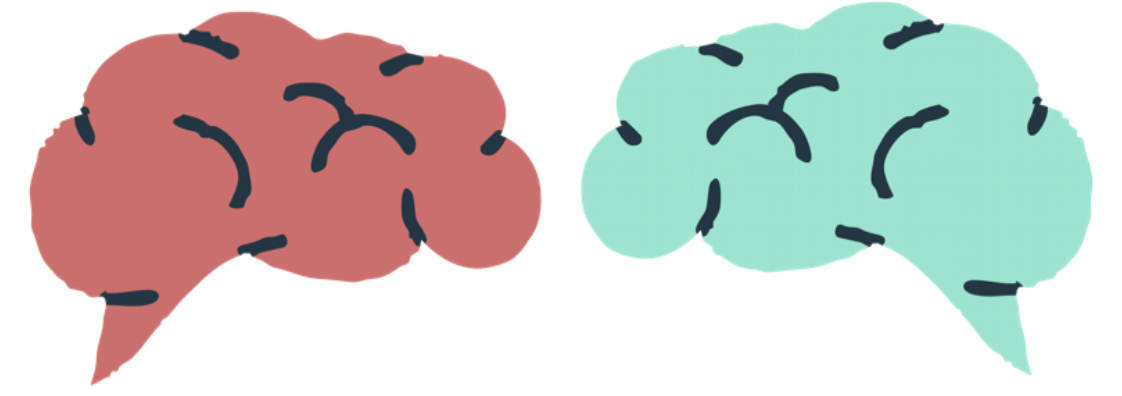
Social interaction is a crucial source of vocabulary input for school-aged children.Extensive research demonstrated that direct interaction (e.g., face-to-face conversations) between adults and children facilitates vocabulary development in typically developing children. Children with Autism Spectrum Disorder (ASD), who have deficits in social communication, exhibit highly variable language abilities. Thus, there is a great interest in whether direct social interaction also contributes to vocabulary learning in children with ASD. Nevertheless, research findings are mixed. Furthermore, recent studies revealed that typically developing children as young as two years old could learn nouns and verbs through overhearing adults talking even when the children were not experiencing the objects or events described in the conversations (e.g. Akhtar, 2005). However, it still remains unclear whether learning through overhearing relates to the language variability in children with ASD. Therefore, this project aims to examine word learning in multiple social contexts using fun and engaging stories. While listening to short stories, children learn words from a speaker either through direct story-telling or through overhearing. By assessing the learning outcomes using both behavioral and neuroimaging techniques, the project seeks to understand whether and how learning through direct and indirect social interaction may explain the language variability in school-aged typically developing children and children with ASD.
Time2Learn (T2L)

There has been growing evidence that sleep is extremely important to language learning. However, the optimal training schedule for different types of language learning has yet to be explored. We are conducting a week-long experiment into how learning speech sounds at different times of day affects memory retention. This study has two parts. The first is a three-hour language assessment conducted 1:1 with a test administrator over Zoom. The second is a one-week speech training where participants will come into our lab on a Sunday, pick up our computer equipment which they will use to complete the perceptual experiments during the week, and then return to the lab the following Sunday for an EEG/ERP session. We are investigating these different training schedules in individuals with and without developmental language disorders.
Predicting Language growth in Autism Using Statistical Learning (PLAUSL)
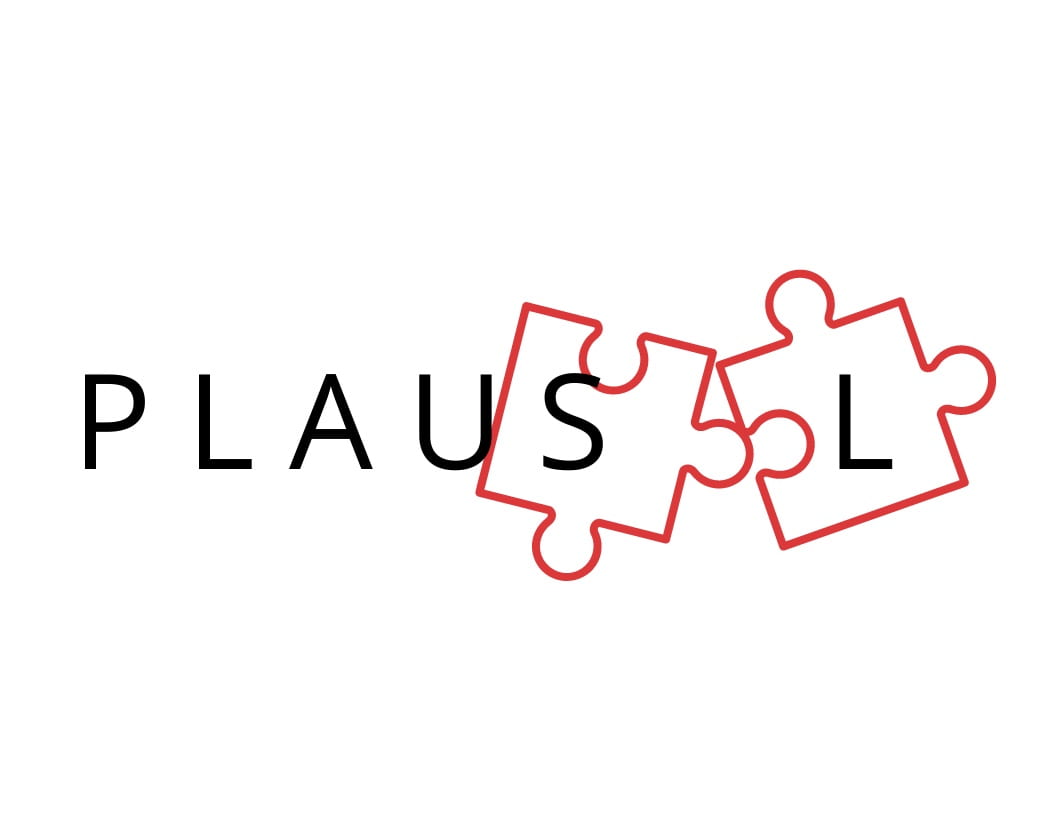
Statistical learning, or SL for short, is a foundational theory of language development used to explain the process by which a person gains the understanding to detect, extract and predict word patterns by taking in sound sequences and other forms of information. We will be investigating how statistical learning plays a role in informing language and literacy development in school-aged children with and without autism as part of a longitudinal study supported by the NIH.
Firstly, we hope to test whether children’s statistical learning abilities can predict their long-term improvement of language and literacy skills in school. Secondly, we hope to decipher how children automatically pick up patterns from speech and prints in their environment by monitoring the oxygenated blood flow in their brains during learning. Lastly, we hope to prove that children’s learning in the lab is reflecting the language patterns they have learned over the years from their native language. To learn more, visit our project site!